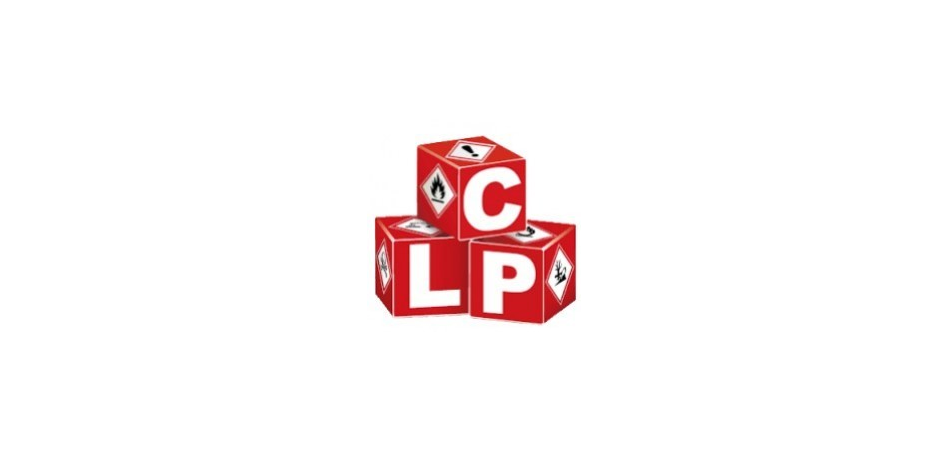
CLP REGULATION: sanctions under L.D. 186/2011
The CLP regulation (Classification, Labelling and Packaging under EC Regulation 1272/2008) completed the REACHregulatory system by harmonising the Global System of Classification and Labelling of ChemicalsGHS (Globally Harmonized System of Classification and Labelling of Chemicals) and has been in force for about 8 years.
The CLP regulation (Classification, Labelling and Packaging under EC Regulation 1272/2008) completed the REACHregulatory system by harmonising the Global System of Classification and Labelling of ChemicalsGHS (Globally Harmonized System of Classification and Labelling of Chemicals) and has been in force for about 8 years.
In 2011 the D.L. 27 october 2011 n° 186on 'Penalties for violating the provisions of Regulation (EC) No. 1272/2008 on classification, labelling and packaging of substances and mixtures' was published. The sanctions envisaged by DL 186/2011 have been in force since 1 December 2011 and range from a minimum of EUR 3,000 to a maximum of EUR 90,000, excluding the case of violation of the prohibition to carry out tests on human beings, which is punished with a criminal sanction of arrest for up to three months or, alternatively, a fine of EUR 40,000 to EUR 150,000, unless, of course, the act constitutes a more serious offence.
In this article, I am not talking about the TPD as transposed by DL 6/2016 but it should be borne in mind that in the area of vaporiser liquids, this part must be integrated in the label or in the mandatory information to be given to the Consumer (Vaper) according to the timeframe provided by the law itself.
The specific understanding of the regulatory system is not very simple, as the two measures are integrated in a very articulated way, therefore I produce an integrated copy of L.D. 186/2011 - EC 1272/2008 that may be useful to better understand for those who are more curious.
To summarise, here are some of the sanctions provided for according to the various offences:
- classification, (15,000 to 90,000 euros)
- labelling and packaging, (15,000 euros to 90,000 euros)
- information on substances and mixtures, (10,000 to 60,000 euros)
- revision of classification, (15,000 to 90,000euros)
- concentration limits, (15,000 to 90,000 euros)
- multiplication factors (M) (10,000 to 60,000 euros)
- language of labelling and sds (3,000 to 18,000 euros)
- labelling and packaging (II prediction - 5,000 to 30,000 euros)
- incorrect nomenclature (5,000 to 30,000 euros)
- errors in the indication of precautionary advice (3,000 to 18,000 euros)
- communication and notification to the European Agency (5,000 to 30,000 euros)
- communication to the Archives of the Superior Institute of Health (3,000 to 18,000 euros) - archive of dangerous preparations if applicable
The sanctions are not only borne by the manufacturer or importer but also, yes, by the user and the person placing on the market. Obviously, by user we do not mean the vaper but the person who uses the product for other related activities: for example, a shopkeeper who mixes a product to deliver it to a customer (leaving aside the OT related to different problems linked to this activity).
It is not only the purchase of products without compliant labelling that is sanctioned, but also the absence of the specific SDS (Safety Data Sheet) or MSDS (Material Safety Data Sheet), which can never be generic but must be drawn up according to the scheme required by law in all its elements, which in the European system must contain the following 16 points:
- Identification of the substance/preparation and the company/enterprise
- Hazards identification
- Composition/information on ingredients
- First aid measures
- Fire-fighting measures
- Accidental release measures
- Handling and storage
- Exposure control
- Physical and chemical properties
- Stability and reactivity
- Toxicological information
- Ecological information
- Disposal considerations
- Transport information
- Regulatory information
- Other information
It seems obvious that the label becomes the informative, first-impact summary that is made available to the consumer. For this reason, the label CANNOT be generic but must have its own specificity that derives precisely from having classified the chemical and identified all the cognitive and informative aspects that must be delivered to the consumer. The label must always contain the precautionary statements (P statements) and the risk phrases (H phrases),the red rhombus on a white field (occupying an area of at least 1/15 of the label) contains the pictograms corresponding to the chemical risk classification.. An exclamation mark for a warning, a skull... etc.

Comments
No comment at this time!
Leave your comment